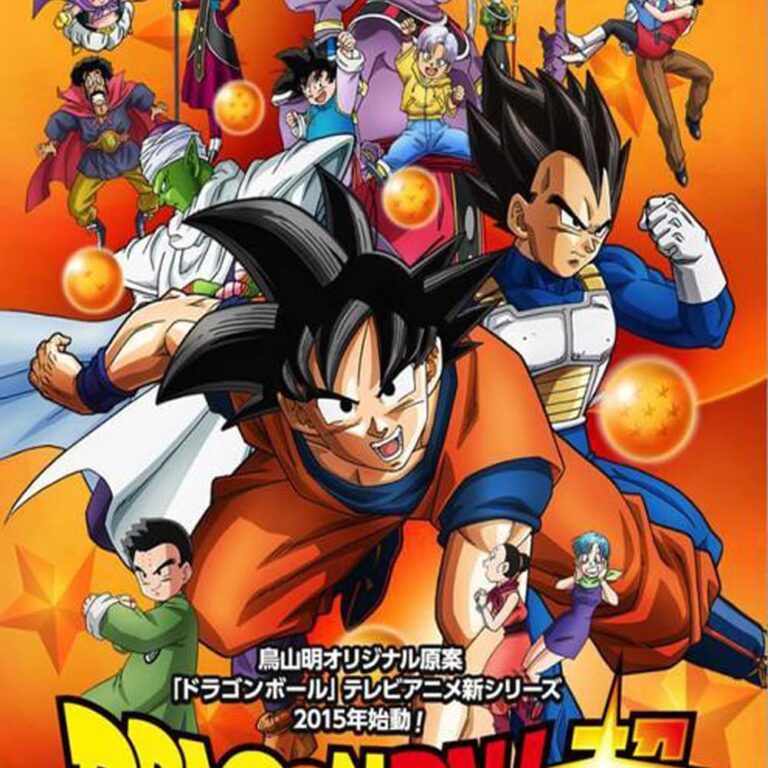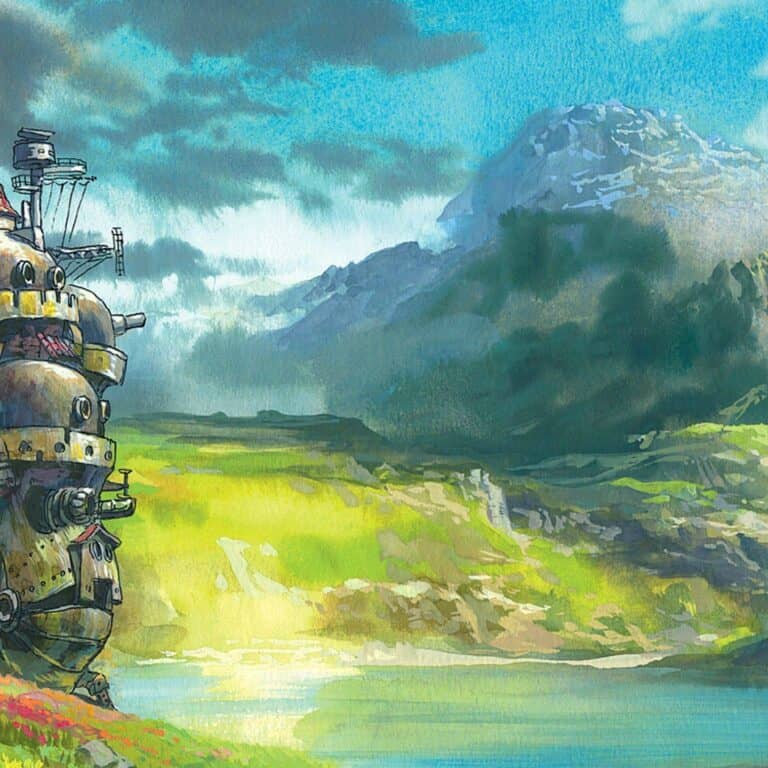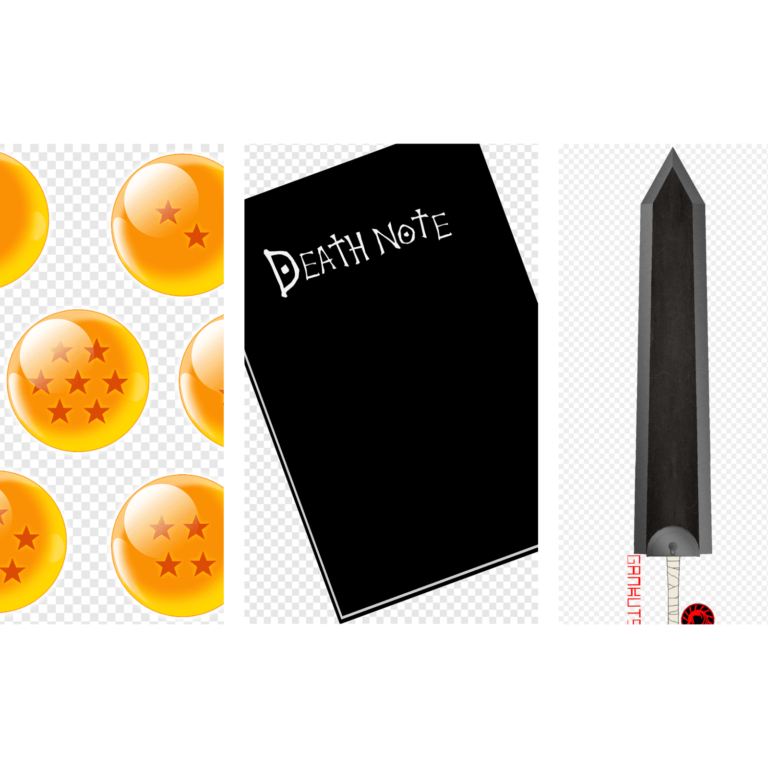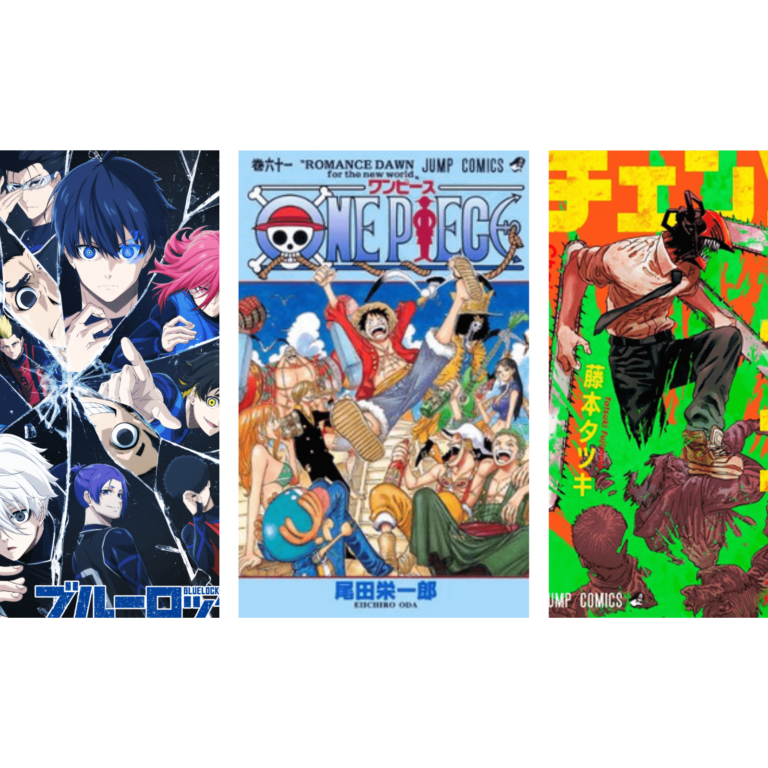Anime vs Manga: The Battle of the Century!
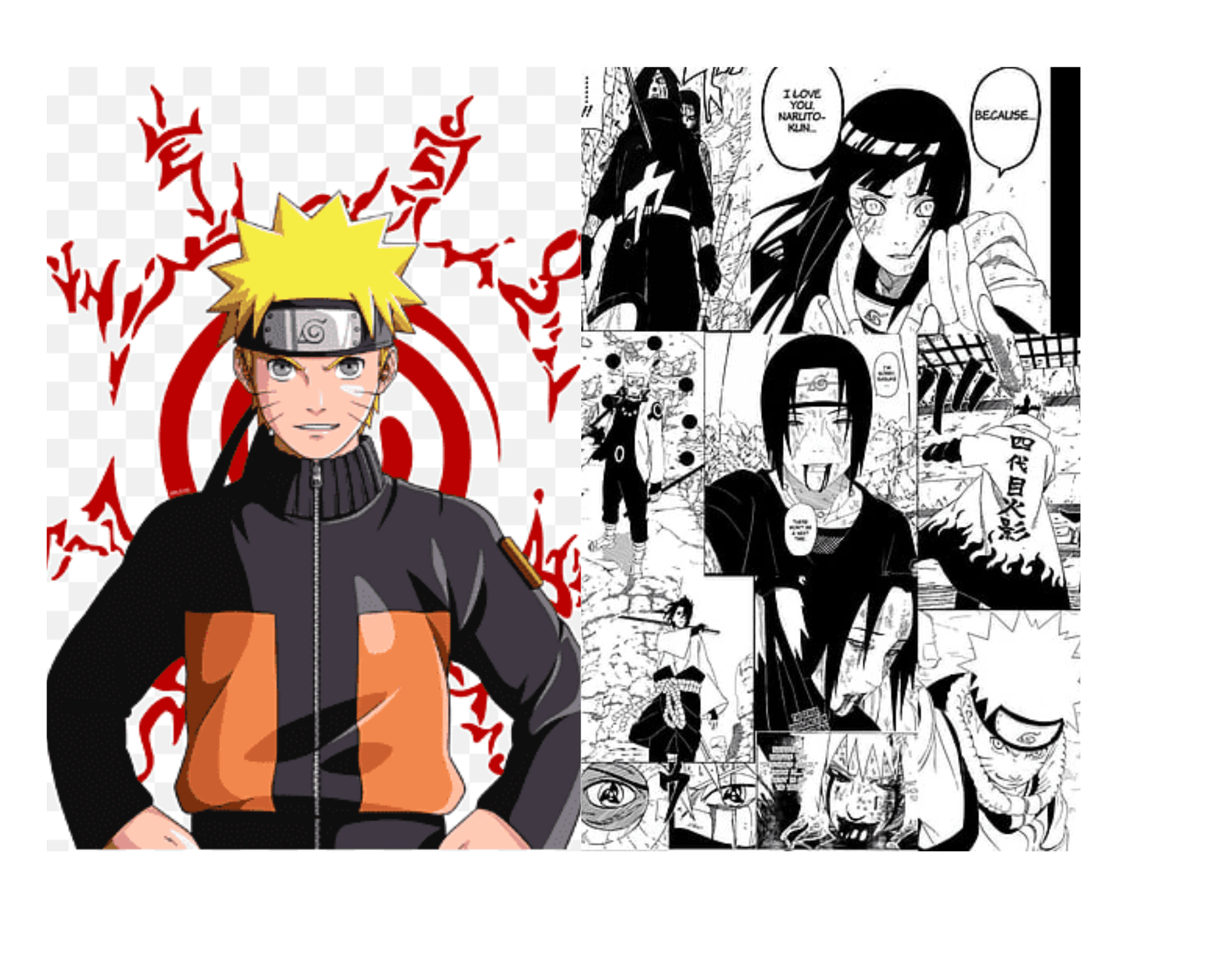
Introduction
Anime and manga are two popular forms of entertainment that have captivated audiences worldwide. With their distinct styles and storytelling techniques, they have amassed a dedicated fan base. However, the question of which is better, anime or manga, has sparked numerous debates among enthusiasts. In this article, we will delve into the realm of anime and manga, exploring their unique qualities, comparing their strengths and weaknesses, and ultimately deciphering the winner of this epic battle.
Table of Contents
- Introduction
- Understanding Anime and Manga
- Visual Appeal: Animation vs. Illustrations
- Narrative Depth and Pacing
- Character Development: Still Images vs. Motion
- Accessibility and Availability
- Cultural Impact and Global Reach
- Cost and Affordability
- Fan Engagement and Community
- Adaptations and Crossovers
- Anime and Manga: Complementary or Exclusive?
- The Future of Anime and Manga
- Conclusion
- FAQs
Understanding Anime and Manga
Anime and manga are artistic mediums originating from Japan, with anime referring to animated television shows and movies, and manga denoting Japanese comic books or graphic novels. Both forms rely on intricate storytelling techniques, engaging characters, and stunning visuals to capture the audience’s imagination.
Visual Appeal: Animation vs. Illustrations
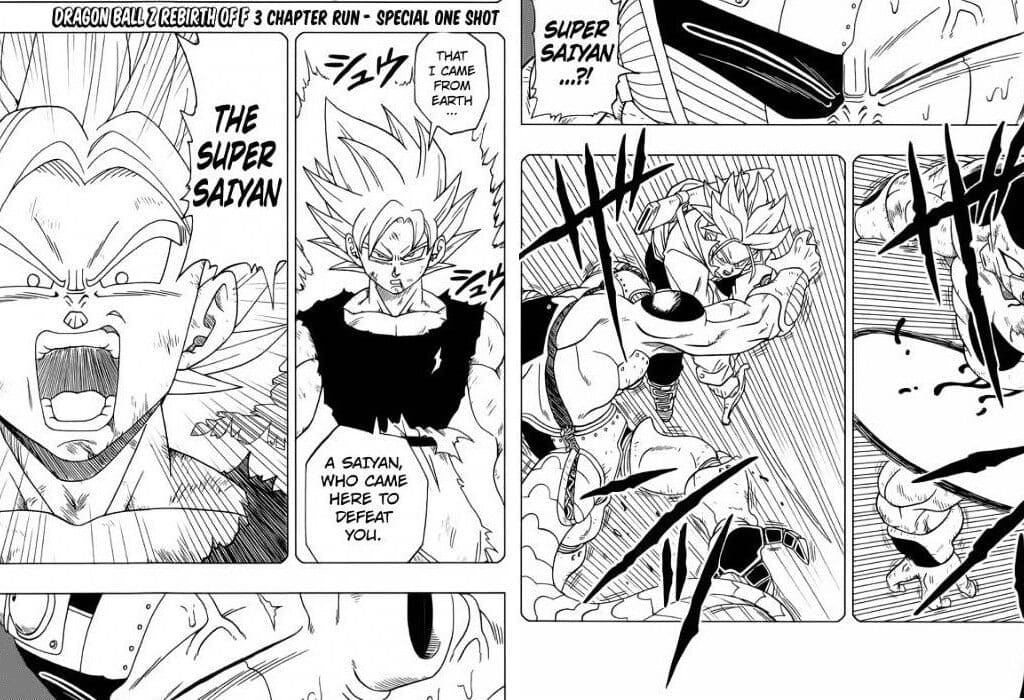
Anime’s primary advantage lies in its dynamic nature, employing animation to bring characters, worlds, and action to life. Through vibrant colors, fluid movements, and special effects, anime immerses viewers in a visually captivating experience. On the other hand, manga relies on detailed illustrations that allow readers to interpret the story at their own pace, appreciating the artist’s meticulous drawings and panel arrangements.
Narrative Depth and Pacing
Anime often condenses lengthy manga storylines, adapting them into manageable episodes or movies. This compression sometimes leads to alterations or omissions that can affect the narrative’s depth. Conversely, manga has the advantage of providing comprehensive details and intricate plot developments, allowing readers to savor the story at their own leisure.
Character Development: Still Images vs. Motion
In anime, characters come alive through voice acting, music, and expressive movements. This multi-dimensional portrayal enhances emotional connections and enables dynamic character development. Manga, however, relies on still images and dialogue to convey characters’ personalities and growth, allowing readers to use their imagination to breathe life into the illustrations.
Accessibility and Availability
Anime’s popularity has resulted in a plethora of streaming platforms, making it easily accessible to a global audience. Subtitles and dubbing options cater to diverse language preferences. Conversely, manga can be more challenging to obtain, especially internationally, as it often requires physical copies or specialized online platforms. Nonetheless, digital releases and scanlations have increased manga’s availability.
Cultural Impact and Global Reach
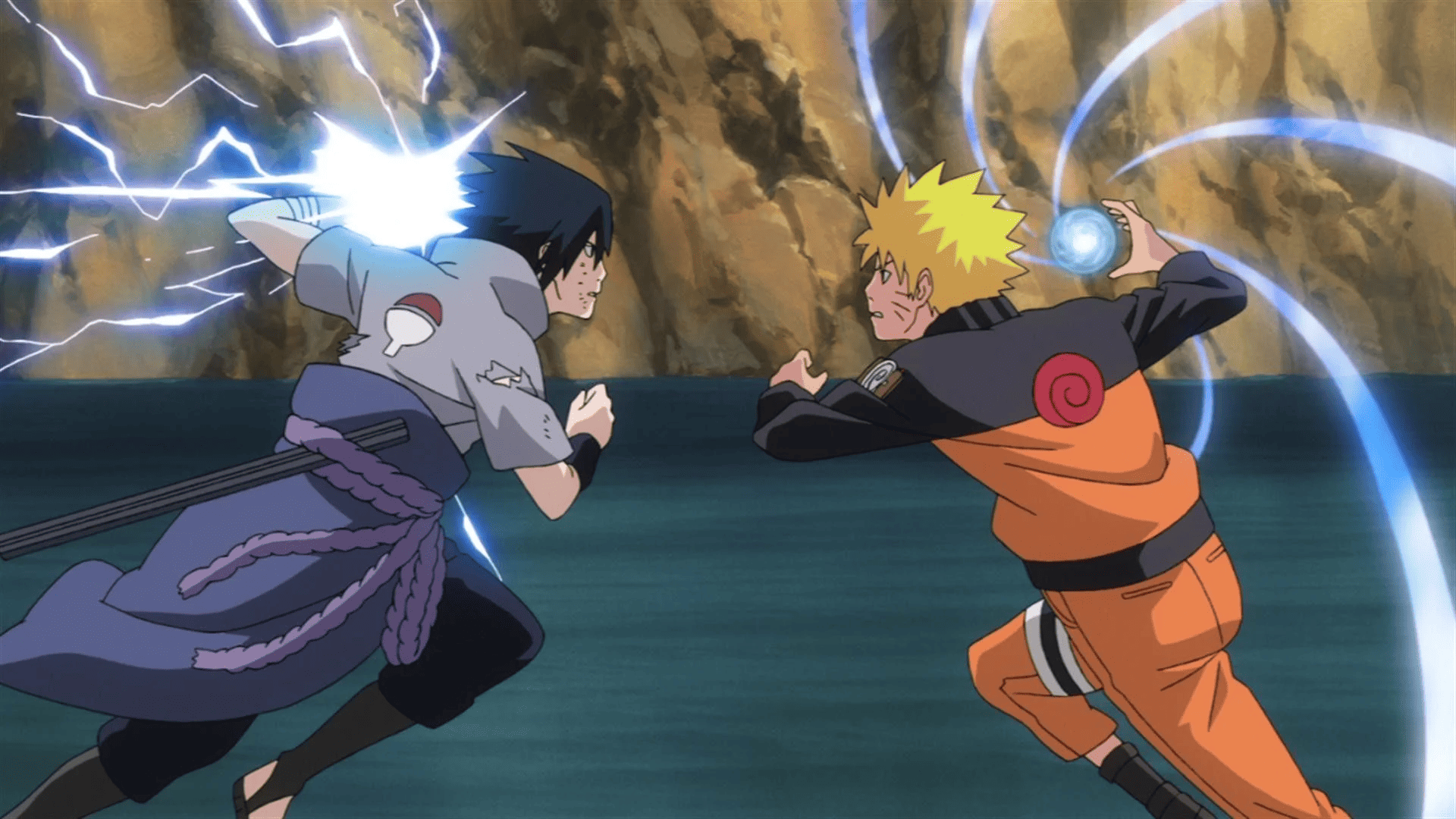
Anime has made a significant cultural impact worldwide, becoming a phenomenon beyond Japanese borders. Its diverse genres, relatable characters, and thought-provoking themes have transcended cultural barriers, fostering a passionate international fan base. While manga has also achieved global recognition, its popularity, to some extent, remains centered within the comic book community.
Cost and Affordability
Anime’s production costs are considerably higher than manga’s due to animation expenses, voice acting, and music production. Consequently, anime enthusiasts may have to invest in streaming subscriptions or DVD collections. In contrast, manga’s affordability makes it more accessible to fans, with a wide range of titles available at varying price points.
Fan Engagement and Community
Anime conventions, fan art, cosplay, and online communities create a vibrant and interactive space for anime fans to connect and share their love for the medium. The communal experience of watching anime together and discussing the latest episodes adds to the overall enjoyment. Similarly, manga enthusiasts have dedicated forums, events, and social media platforms where they can bond over their shared passion for reading and discussing their favorite series.
Adaptations and Crossovers
Both anime and manga benefit from adaptations and crossovers. Successful manga often receives anime adaptations, allowing fans to experience their favorite stories in a new format. Conversely, anime adaptations can boost manga sales and introduce new readers to the source material. These synergistic relationships contribute to the overall growth and popularity of both mediums.
Anime and Manga: Complementary or Exclusive?
The battle between anime and manga ultimately boils down to personal preference. Some fans enjoy the visual spectacle and immersive experience of anime, while others appreciate manga’s detailed artwork and the freedom to interpret the story at their own pace. However, it is important to note that the two mediums often complement each other, with anime introducing new fans to manga and manga inspiring the creation of new anime series.
The Future of Anime and Manga
As technology advances, the lines between anime and manga continue to blur. 3D animation, virtual reality, and interactive storytelling are shaping the future of anime, pushing the boundaries of visual storytelling. Similarly, digital platforms and webcomics are revolutionizing manga distribution, providing new avenues for aspiring artists to showcase their work. The future holds exciting possibilities for both mediums, captivating audiences in ways yet to be imagined.
Conclusion
In the epic battle between anime and manga, it is challenging to declare an outright winner. Both mediums offer unique experiences, with anime showcasing stunning animation and audiovisual spectacles, while manga allows readers to savor intricate artwork and delve deep into the story. Ultimately, the choice between anime and manga comes down to personal preference and the desire to explore the vast and captivating worlds created within these mediums.
FAQs
Q1: Can I watch an anime without reading the manga?
Yes, anime adaptations are designed to be enjoyed independently of their manga counterparts. While some series have corresponding manga that provide additional details, anime offers a complete viewing experience on its own.
Q2: Are all anime based on manga?
No, not all anime originates from manga. Some anime series are original creations specifically produced for television or movies.
Q3: Is manga only in black and white?
While the majority of manga is published in black and white, there are also colored manga volumes available. Additionally, some manga panels and covers feature vibrant color illustrations.
Q4: Can I start reading a manga after watching its anime adaptation?
Absolutely! If you enjoyed an anime series, reading the manga can provide further insights into the story, additional character development, and alternative plotlines.
Q5: Can I watch anime and read manga for free?
There are both free and paid options available for anime and manga consumption. Streaming platforms may offer free access with ads, while paid subscriptions provide ad-free viewing. Similarly, manga can be read for free on certain websites, while official releases and digital copies often require a purchase.

